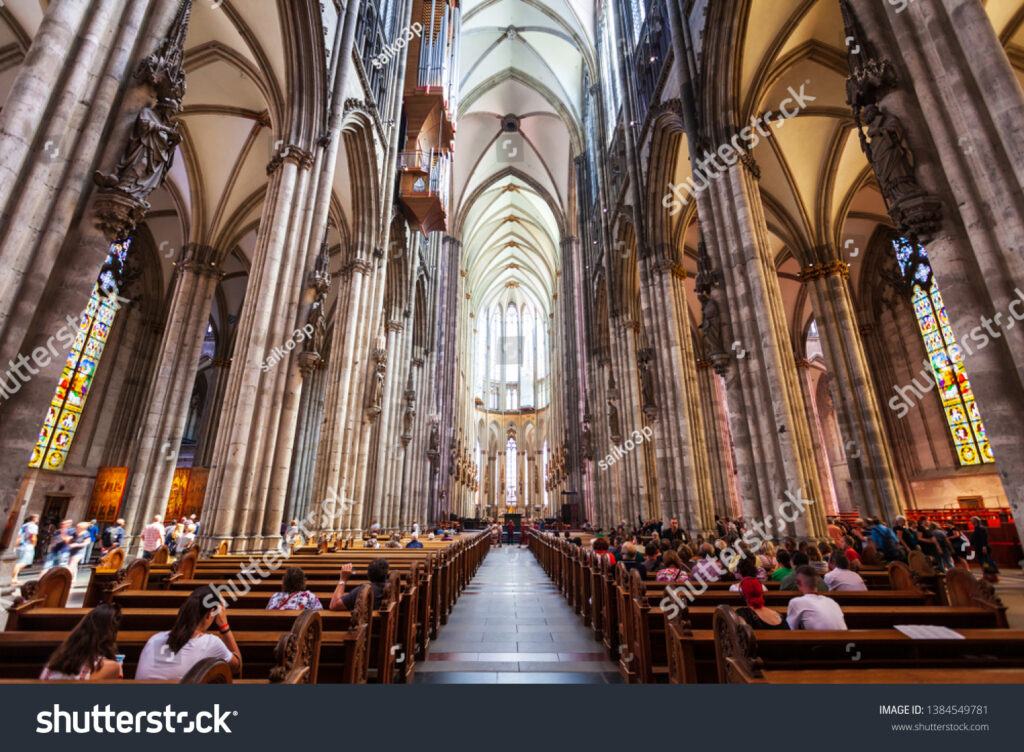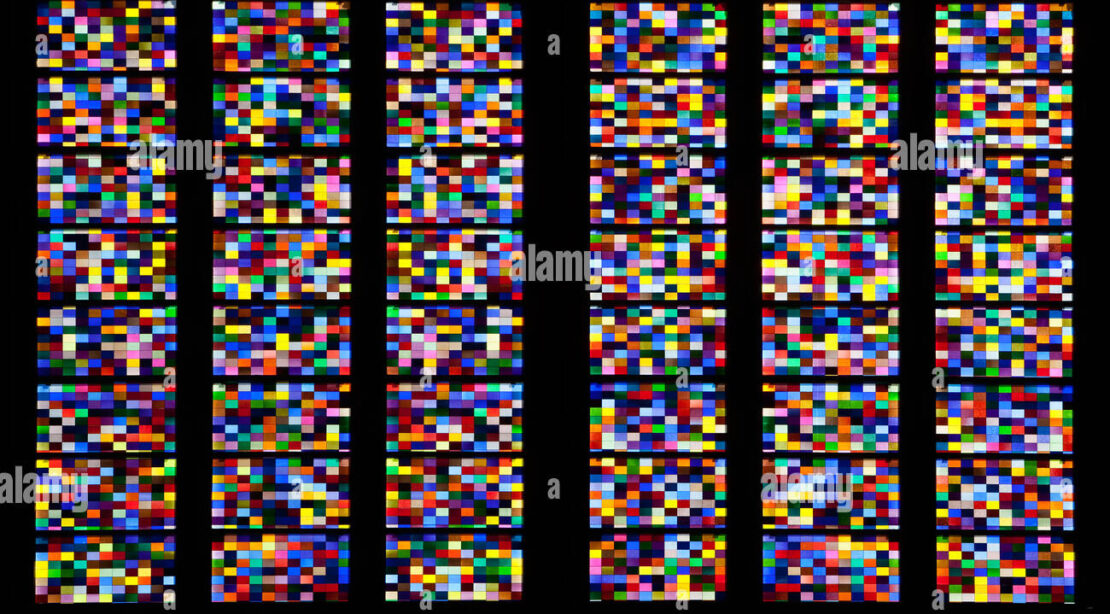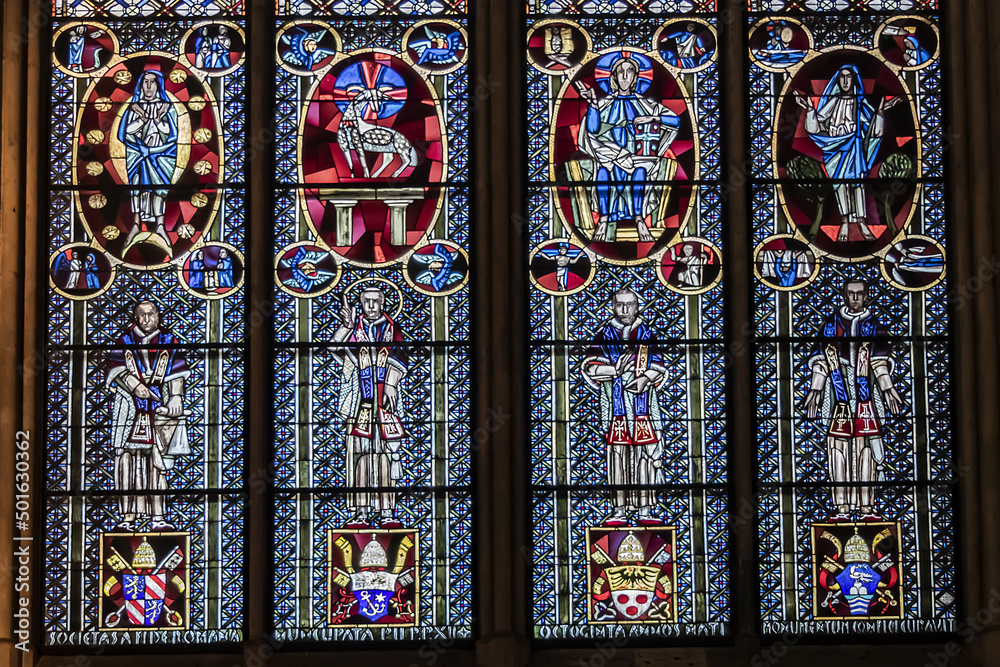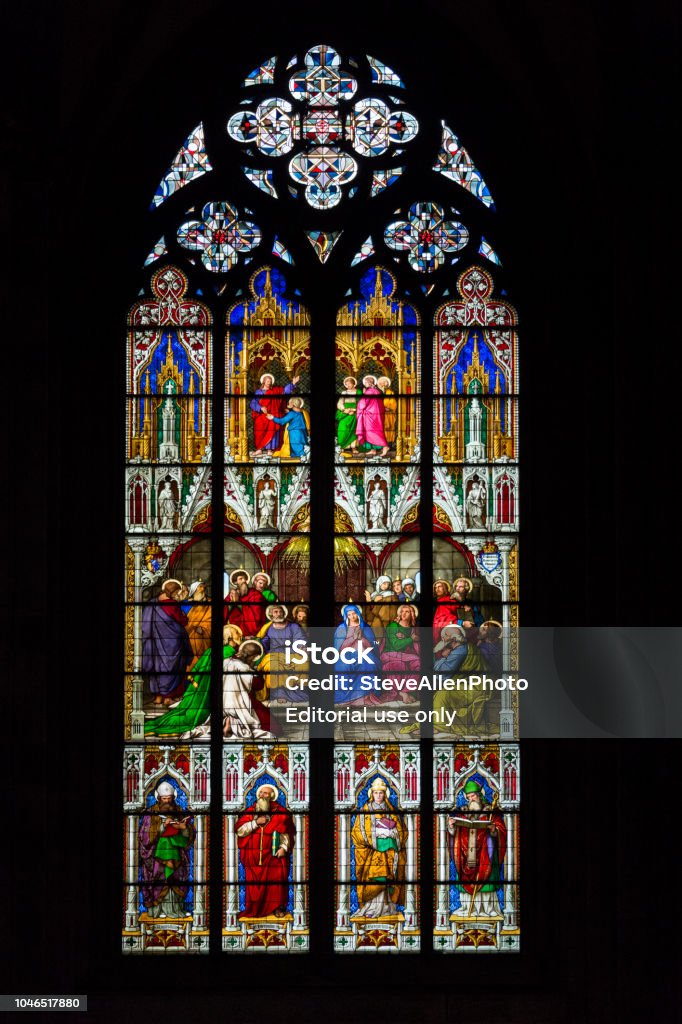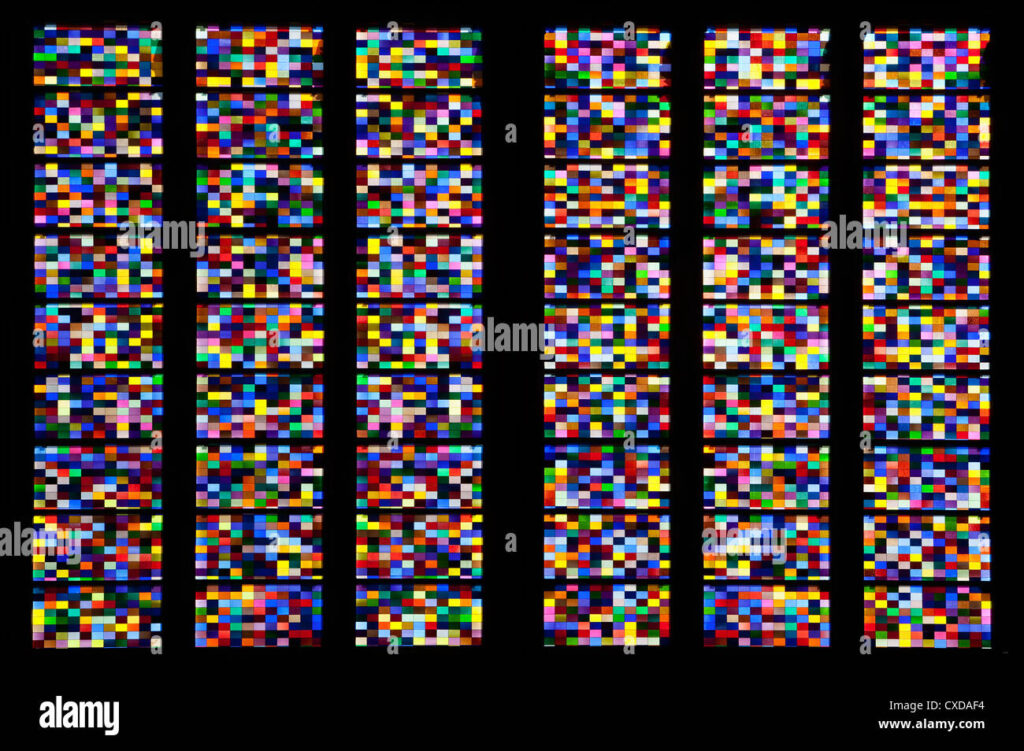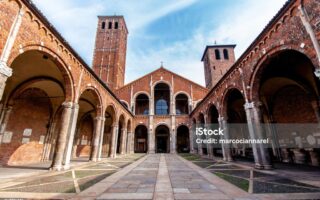The Masters of the Stained Glass Windows of Cologne Cathedral: From the Master of St. Severin to Unknown Geniuses
A considerable number of craftsmen participated in the creation of the stained glass windows. Many of them were members of the Kolner Malerschule, the Cologne School of Painting. During the 15th century, windows were created that were later installed between 1507 and 1509. Among the various artists involved in this project, the Master of St. Severin and the Master of the Holy Kinship stand out. Although several artists have been proposed as possible creators, it is difficult to precisely attribute the authorship of the individual windows to each of them.

The Foundress of Cologne, Agrippina, with the Patron Saints
In the stained glass windows installed between 1507 and 1509, the city’s coat of arms can be seen alongside the city’s founder, Agrippina, who is accompanied by Marsilius. Above them are the patron saints of Cologne: Saint George, Saint Maurice, Saint Gregory, and Saint Gereon. In the upper section of the window, the Adoration of the Magi is depicted.
The Magi in the Gothic Stained Glass Windows Commissioned by Hermann von Essen
The adjacent stained glass windows were commissioned by Archbishop Hermann von Essen. The archbishop is depicted alongside Saint Peter, Saint Elizabeth, and Saint Christopher. A significant feature of the stained glass windows in Cologne Cathedral is the depiction of the Magi, which appears in various representations. In the upper portion of this window, the Three Magi and King Solomon are portrayed.
The eastern half of the window, on the other hand, was donated by Philip II of Virneburg. He is depicted in the lower section alongside two women. Above him, Mary Magdalene and Saint George are represented. The entire scene is completed at the top with the Coronation of the Virgin Mary.
It is interesting to note that the clothing and hairstyles reflect the fashions of the time when these windows were commissioned. Meanwhile, the architecture and decorations of the stained glass maintain a Gothic influence, harmonizing with the architectural style of Cologne Cathedral.
The Choir Window
In the magnificent Cologne Cathedral, the extraordinary stained glass windows of the Nativity stand out, particularly the one set in the choir window, dating from between 1528 and 1530.
This exceptional work of art features a dramatic depiction of the Passion of Christ, including the Stations of the Cross, the Crucifixion, and the Pietà.
On one side, the figures of Christ, Saint Paul, Saint Peter, and Saint John the Baptist are prominent. On the southern side, we see scenes from the life of the Virgin Mary alongside Saint Paul and Saint Catherine. On the northern side of the window, images of Saint Evergilius, the Archangel Michael, and again the Three Magi are depicted.
The Importance of the Magi in Cologne Cathedral
Cologne Cathedral is distinguished by the relics of the Magi, which are housed in the Shrine of the Three Kings in the Cathedral’s Treasury Museum. These relics, brought to Cologne in 1164 by Emperor Barbarossa, sparked a fervent cult and helped consolidate the spiritual power of Cardinal Reinald von Dassel. The commission to Nicolas von Verdun resulted in a masterpiece that showcases the artistic and technical skills of his workshop.
The presence of the Magi’s relics within the Cathedral has become a focal point of its immense artistic and spiritual wealth. Their motif appears in numerous stained glass representations throughout the cathedral. This topic is explored in detail in the following article, which delves into the history of the Cathedral and its relics.

Stained glass window in Cologne Cathedral in the industrial and university city of Cologne, situated on the River Rhine in Germany.
The Gothic Stained Glass Windows of Cologne Cathedral: From Past to Present—Gerhard Richter and Abstract Stained Glass
Gerhard Richter, the renowned contemporary artist, created a large stained glass window for Cologne Cathedral in 2007. This window was commissioned to replace one damaged during World War II. The abstract work covers 106 square meters and is composed of 11,000 glass tiles in 72 shades. It evokes the style of Gothic stained glass with its randomly arranged colored squares.

The lack of a precise order invites individual interpretations, avoiding definitive meanings. Despite initial controversies, the work has gained appreciation in the art and spiritual worlds. This stained glass window conveys a sense of timeless spirituality. Through its play of light, it emphasizes the eternal and spiritual power of art within the context of the Cathedral.
Silvia Giaquinta for ArtAut.com
Bibliography
Udo Mainzer, Kleine Illustrierte Kunstgeschichte der Stadt Koeln, 2015
